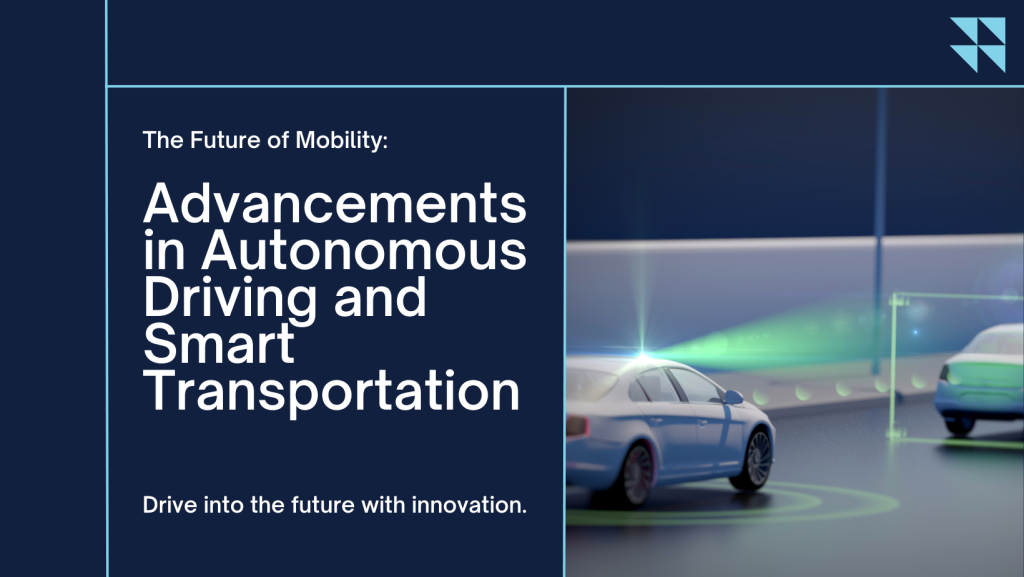Autonomous driving and smart transportation technologies promise to revolutionize mobility in the future by changing how we move and interact with our cars. These developments are changing the face of transportation and setting the stage for a safer, more effective, and more connected future. Examples of these developments include self-driving cars, smart infrastructure, ride-sharing, and mobility-as-a-service (MaaS) platforms.
At the forefront of this revolution is autonomous driving technology, which promises safer roads, less traffic, and greater mobility for individuals of all ages and abilities. With sensors, cameras, and artificial intelligence (AI) algorithms installed, self-driving cars can navigate highways, identify barriers, and make judgments instantly, lowering the chance of collisions and enhancing traffic flow.
Semi-autonomous technologies like adaptive cruise control and lane-keeping assistance are currently standard on many new car models, providing a preview of what automated driving may look like in the future, even if completely driverless vehicles are still in the development stage.
Enabling autonomous driving and improving the entire transportation experience are made possible by smart infrastructure. Vehicle-to-vehicle (V2V) and vehicle-to-infrastructure (V2I) communication systems, as well as connected traffic signals and smart streetlights, are examples of smart infrastructure that allows automobiles to communicate with one another and the environment. This allows drivers to receive real-time traffic information, navigational aids, and safety alerts.
The way we access transportation services is also being revolutionized by ride-sharing and mobility-as-a-service (MaaS) platforms, which provide easy, on-demand access to cars, bikes, scooters, and public transportation options through a single integrated platform. These platforms maximize the use of currently available transportation resources, lessen traffic, and offer urban dwellers more sustainable and effective mobility options by utilizing technology and data analytics.
The potential for innovation in self-driving cars and smart transportation seems limitless as we look to the future. Through embracing these developments and making investments in sustainable, connected mobility solutions, we can build a transportation system that improves accessibility, safety, efficiency, and quality of life for people everywhere.




